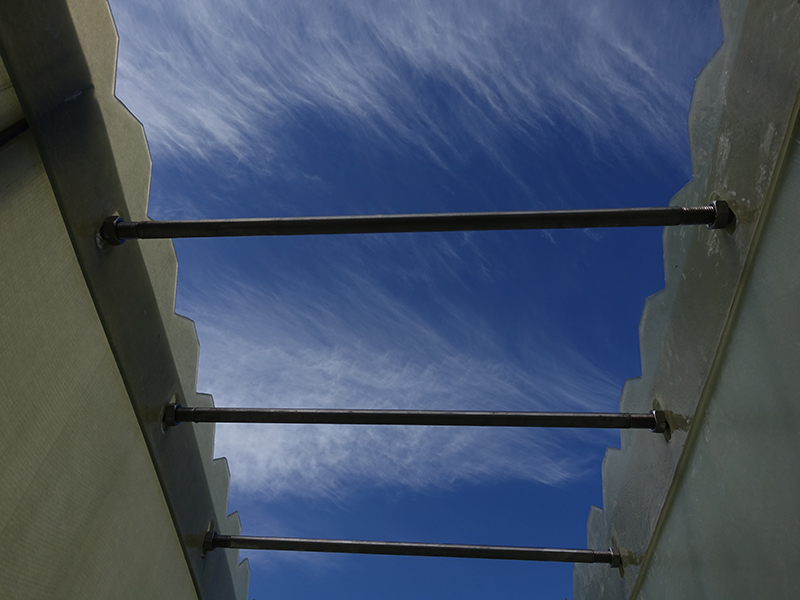
-
 Afrikaans
Afrikaans -
 Albanian
Albanian -
 Amharic
Amharic -
 Arabic
Arabic -
 Armenian
Armenian -
 Azerbaijani
Azerbaijani -
 Basque
Basque -
 Belarusian
Belarusian -
 Bengali
Bengali -
 Bosnian
Bosnian -
 Bulgarian
Bulgarian -
 Catalan
Catalan -
 Cebuano
Cebuano -
 China
China -
 China (Taiwan)
China (Taiwan) -
 Corsican
Corsican -
 Croatian
Croatian -
 Czech
Czech -
 Danish
Danish -
 Dutch
Dutch -
 English
English -
 Esperanto
Esperanto -
 Estonian
Estonian -
 Finnish
Finnish -
 French
French -
 Frisian
Frisian -
 Galician
Galician -
 Georgian
Georgian -
 German
German -
 Greek
Greek -
 Gujarati
Gujarati -
 Haitian Creole
Haitian Creole -
 hausa
hausa -
 hawaiian
hawaiian -
 Hebrew
Hebrew -
 Hindi
Hindi -
 Miao
Miao -
 Hungarian
Hungarian -
 Icelandic
Icelandic -
 igbo
igbo -
 Indonesian
Indonesian -
 irish
irish -
 Italian
Italian -
 Japanese
Japanese -
 Javanese
Javanese -
 Kannada
Kannada -
 kazakh
kazakh -
 Khmer
Khmer -
 Rwandese
Rwandese -
 Korean
Korean -
 Kurdish
Kurdish -
 Kyrgyz
Kyrgyz -
 Lao
Lao -
 Latin
Latin -
 Latvian
Latvian -
 Lithuanian
Lithuanian -
 Luxembourgish
Luxembourgish -
 Macedonian
Macedonian -
 Malgashi
Malgashi -
 Malay
Malay -
 Malayalam
Malayalam -
 Maltese
Maltese -
 Maori
Maori -
 Marathi
Marathi -
 Mongolian
Mongolian -
 Myanmar
Myanmar -
 Nepali
Nepali -
 Norwegian
Norwegian -
 Norwegian
Norwegian -
 Occitan
Occitan -
 Pashto
Pashto -
 Persian
Persian -
 Polish
Polish -
 Portuguese
Portuguese -
 Punjabi
Punjabi -
 Romanian
Romanian -
 Russian
Russian -
 Samoan
Samoan -
 Scottish Gaelic
Scottish Gaelic -
 Serbian
Serbian -
 Sesotho
Sesotho -
 Shona
Shona -
 Sindhi
Sindhi -
 Sinhala
Sinhala -
 Slovak
Slovak -
 Slovenian
Slovenian -
 Somali
Somali -
 Spanish
Spanish -
 Sundanese
Sundanese -
 Swahili
Swahili -
 Swedish
Swedish -
 Tagalog
Tagalog -
 Tajik
Tajik -
 Tamil
Tamil -
 Tatar
Tatar -
 Telugu
Telugu -
 Thai
Thai -
 Turkish
Turkish -
 Turkmen
Turkmen -
 Ukrainian
Ukrainian -
 Urdu
Urdu -
 Uighur
Uighur -
 Uzbek
Uzbek -
 Vietnamese
Vietnamese -
 Welsh
Welsh -
 Bantu
Bantu -
 Yiddish
Yiddish -
 Yoruba
Yoruba -
 Zulu
Zulu
frp trough cover protective solutions for industrial applications
FRP Trough Cover Protective Solutions for Industrial Applications
In the vast landscape of industrial applications, the durability and reliability of materials used for infrastructure play a crucial role in operational efficiency and safety. One innovative solution that has gained traction in recent years is the use of Fiber Reinforced Plastic (FRP) trough covers. These protective solutions offer a myriad of benefits and are increasingly becoming a preferred choice for industries ranging from wastewater management to chemical processing.
FRP, composed of a polymer matrix reinforced with fibers such as glass or carbon, delivers exceptional strength-to-weight ratio and corrosion resistance. These properties make FRP trough covers an ideal solution for environments where traditional materials might falter due to exposure to harsh chemicals or extreme weather conditions. For instance, in wastewater treatment facilities, the covers protect personnel and equipment from hazardous materials while preventing contaminants from escaping.
One of the most notable advantages of using FRP in trough cover applications is its light weight compared to metal counterparts. This characteristic simplifies handling and installation, which can significantly reduce labor costs and downtime during the installation process. Additionally, the lightweight nature of FRP minimizes the structural load on supporting frameworks, making it easier to integrate into existing systems without the need for extensive modifications.
Moreover, FRP trough covers can be customized to meet specific dimensional and design requirements. This versatility ensures that facilities can implement tailored solutions that fit seamlessly into their operations. Various colors and finishes can also be applied, enhancing visibility and aesthetic appeal, which is particularly advantageous in settings where safety signaling is paramount.
frp trough cover protective solutions for industrial applications

The safety of workers is a paramount concern in industrial applications. FRP trough covers contribute to enhanced safety by providing non-slip surfaces, reducing the risk of accidents caused by slips and falls. Furthermore, the materials used in FRP are non-conductive, making them suitable for applications in electrical facilities where the risk of electrical hazards is a critical consideration. This combination of safety features makes FRP a reliable choice for maintaining a secure working environment.
Another significant advantage of FRP trough covers is their long-term cost-effectiveness. While the initial investment may be higher than traditional materials, the lifespan of FRP covers outpaces many alternatives. With minimal maintenance requirements, these covers can endure for decades, offering savings over time. The resistance to rust, rot, and corrosion means that facilities can avoid frequent replacements and repairs, which can disrupt operations and lead to significant expenses.
Furthermore, FRP trough covers are environmentally friendly. The production process can be less energy-intensive than metal fabrication, and the materials can often be recycled at the end of their lifespan. This makes FRP solutions not only a practical choice but also an environmentally responsible one, aligning with the growing emphasis on sustainability in industrial practices.
In conclusion, FRP trough cover protective solutions represent a forward-thinking approach to addressing the challenges faced in various industrial applications. Their combination of lightweight construction, high durability, customizable designs, and enhanced safety features makes them a prime choice for industries that require reliable and efficient protective solutions. As technology continues to advance, the potential for FRP materials in the industrial sector will likely expand further, solidifying their role as an essential component in creating safer, more effective operational environments. Investing in FRP trough covers is an investment in the future of industrial safety and efficiency, ensuring that businesses can thrive in the competitive landscape while maintaining compliance and safety standards.
Latest news
-
Exploring the Benefits of Top Hammer Drifter Rods for Enhanced Drilling PerformanceNewsJun.10,2025
-
High-Precision Fiberglass Winding Machine for GRP/FRP Pipe Production – Reliable & Efficient SolutionsNewsJun.10,2025
-
FRP Pipes & Fittings for Shipbuilding - Corrosion-Resistant & LightweightNewsJun.09,2025
-
Premium FRP Flooring Solutions Durable & Slip-ResistantNewsJun.09,2025
-
Premium Fiberglass Rectangular Tanks Durable & Lightweight SolutionNewsJun.09,2025
-
Tapered Drill String Design Guide Durable Performance & UsesNewsJun.09,2025









